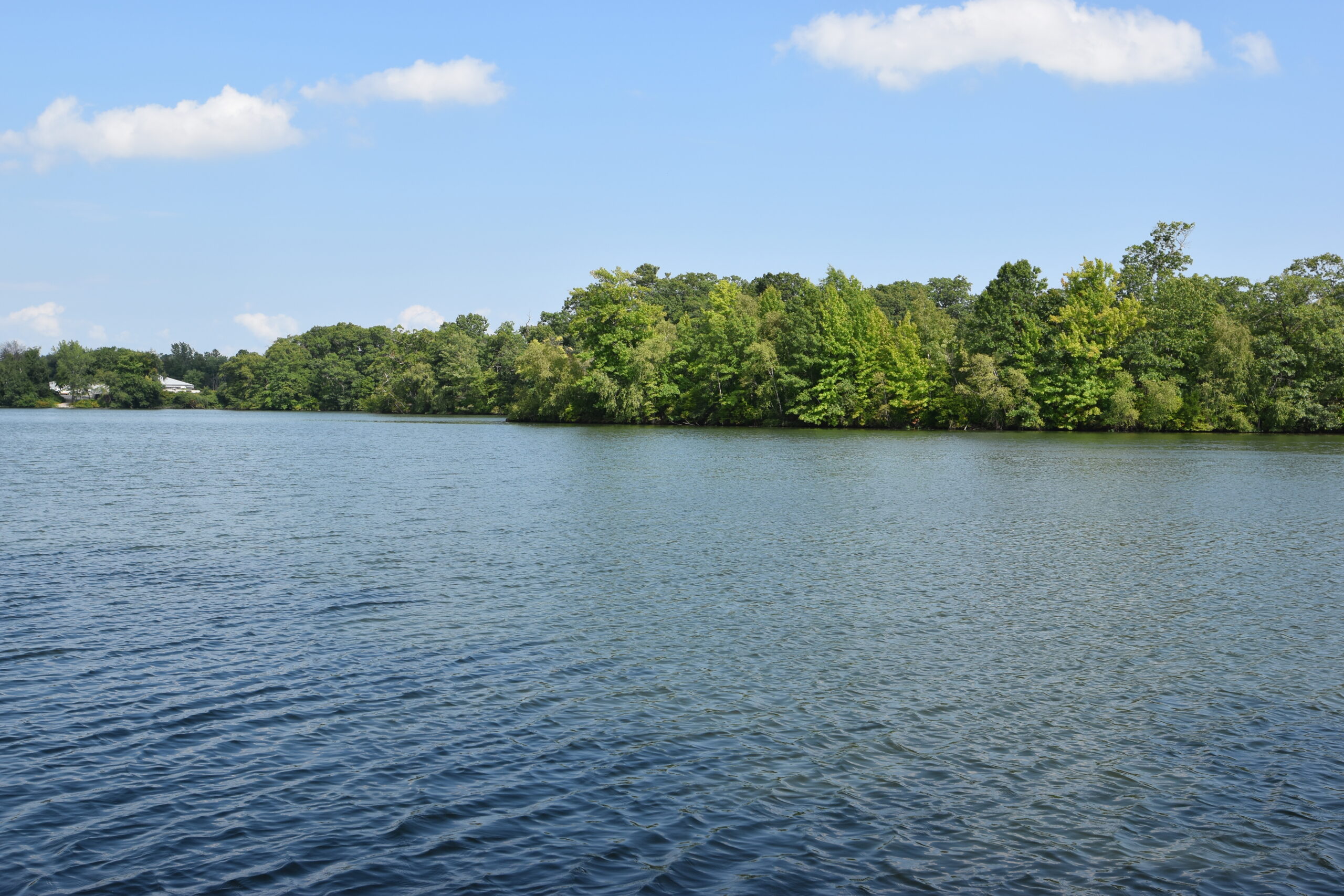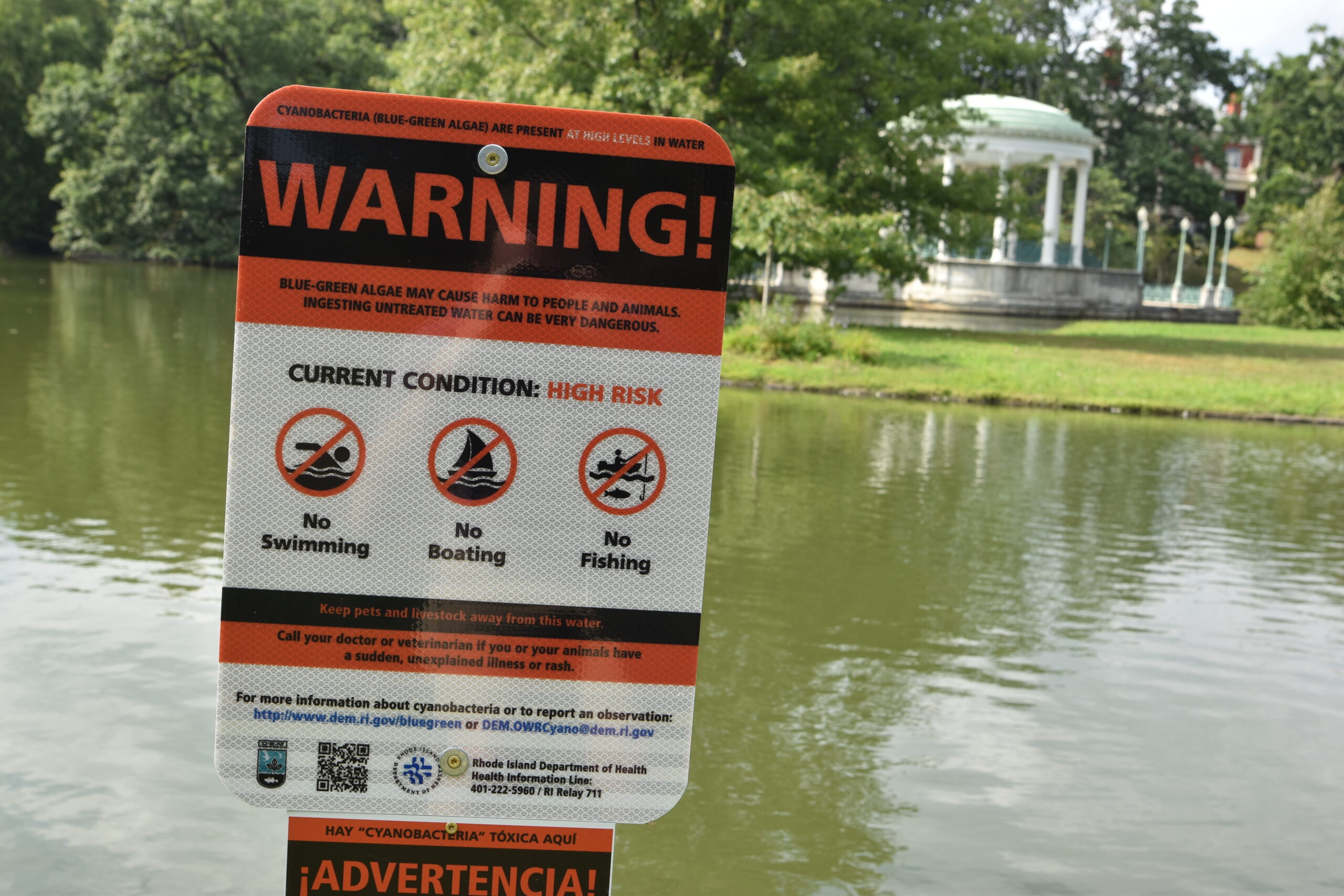Despite Improvements, Effective Stormwater Management System in Providence Remains Elusive
August 29, 2022
PROVIDENCE — Rhode Island’s capital city has stepped up street sweeping, catch basin inspections, and established a unified innovation center during the past five years, but a perfect stormwater management system for some of its biggest waterbodies still remains elusive.
Despite making strides with regard to the bulk of its stormwater management program, the city still has yet to submit total maximum daily load plans (TMDL) — totals which strictly define how much pollutants can enter a body of water while allowing that waterbody to continue to meet the basic water quality standards for that specific pollutant — for both the Woonasquatucket and West rivers, as well as Mashapaug Pond and the Roger Williams Park ponds.

Stormwater runoff is generated from rain or snowmelt that flows over impervious surfaces — such as roads, parking lots, and rooftops — and does not soak into the ground. Along the way, runoff picks up dirt, sediment, chemicals, oils, trash, and other pollutants that will then flow into rivers, lakes, and coastal waters.
Runoff in Providence is not always limited to stormy weather; the city’s Department of Public Works investigates illicit discharges and dry-weather discharges into the stormwater system.
“It could be someone washing their car in the street, and that’s runoff,” said Craig Hochman, chief engineer in the public works department. “And those are some of the inconclusives, where we know we have something but we can’t observe it on a given day.”
The impacts of stormwater runoff are visible in Providence’s waterbodies. The various ponds at Roger Williams Park have not met the Rhode Island Department of Environmental Management’s (DEM) basic water quality standards for bacteria since at least 2011. Over half the watershed in the park is impervious cover, with 25 storm drains and two areas of concentrated surface flow identified as carrying stormwater (and pollutants) into the park.
Mashapaug Pond and the Roger Williams Park ponds are the center of cyanobacteria blooms every summer. More commonly known as blue-green algae because of its particular hue, cyanobacteria occur naturally in most freshwater ecosystems. It requires a rapid increase in nutrients such as nitrogen — often carried into water bodies by stormwater runoff — sunlight, and sustained high temperatures to form into blooms.
Some species of cyanobacteria, once formed into blooms, can produce toxins that leech into the water once the cell walls of the bloom become ruptured. Contact with cyanobacteria toxins can cause skin or eye irritation, while swallowing water containing cyanobacteria can cause gastrointestinal symptoms and liver or neurological damage.
Hochman said the city has improved its street sweeping program, hitting all city streets twice a year at minimum. Some high-traffic areas, like downtown or areas near Roger Williams Park, get swept four times or more a year.
The city now requires all construction projects to include sediment and erosion controls when applicable.
“This is something that wasn’t happening six to eight months ago,” Hochman said. “But it’s pretty straightforward and inexpensive for developers to control runoff in those construction sites.”

DEM and the Rhode Island Department of Health have issued public health/recreational advisories for the Roger Williams Park ponds 10 times since 2011, when environmental officials began tracking the blooms. Mashapaug Pond has had an advisory placed on it every year, except 2015.
Mayor Jorge Elorza signed a consent agreement with DEM in March 2017, in an effort to bring its stormwater management system into compliance with its municipal separate storm sewer system permit and resolve a number of violations of the federal Clean Water Act that had built up over the years.
DEM had issued a notice of violation to the city for being out of compliance with five provisions of its stormwater permit, something that would normally trigger enforcement action, including fines of up to $25,000 a day per violation.
The consent agreement was scheduled to be executed over seven years, but municipal officials have indicated they will negotiate with DEM for more time on some of the outstanding items.
“We’ve been making some good progress here and we hope that reflects well on our efforts,” Hochman said.




runoff is also what overloads the Narragansett Bay Commission sewage treatment facilities, requiring super-expensive measures including another tunnel in Phase 3. Though runoff is most of the problem, the Bay Commission charges not for the runoff which involves everyone who uses the area’s roads and parking lots, but only the area residents and businesses on the basis of how much water they use, not how much runoff they contribute. So there is little incentive to reduce runoff (hence more and more paving over) and those who use the roads/lots from out of the Bay Commission district get a free ride. Very regressive and very unfair, as the bills have skyrocketed
Important comment by Barry. The ratepayers in the NBC service district have significantly funded the improvements at NBC facilities that benefit all people who use the bay and live near it or benefit from the tourism economy….funding nitrogen reduction at Fields Point and Bucklin Point WWTFs and the CSO tunnel project that reduces untreated sewage and stormwater flowing directly to the bay. Ratepayers pay more or pass on increased costs to renters who cannot afford that added burden and in many cases have extremely limited access to the bay in their own communities. We need greater equity and more statewide support.